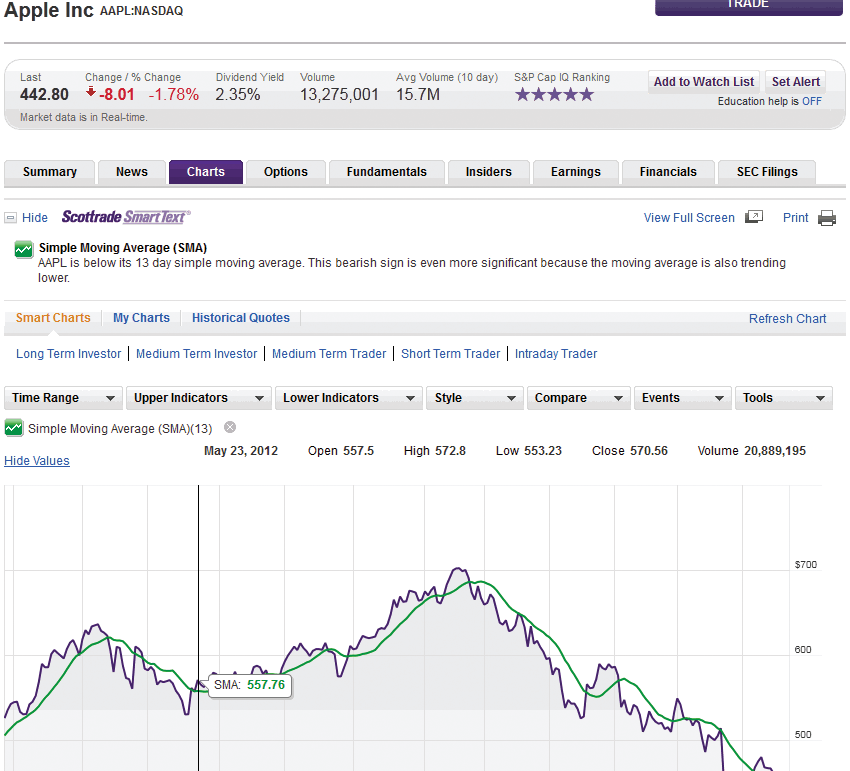What s the difference between a fullservice broker and a discount broker
Post on: 14 Май, 2015 No Comment

Choosing between a full-service or discount broker is an important decision for investors. Should you go with the straightforward, cost-effective product, or opt for the pricier, more service-oriented experience?
Before deciding which type of brokerage account to open, it’s wise to get a better understanding of your options. This will include comparing the services and features offered, minimum opening balance requirements, research and investment tools provided, and the cost of commissions and fees.
Traditional brokerages
With brokerage accounts, you can buy and sell stocks, bonds, mutual funds, exchange-traded funds and other investment products.
Traditional “full-service” brokers do more than just facilitate the buying and selling of a stock or bond. These brokers tend to offer a wide array of services and products, including financial and retirement planning, investing and tax advice and regular portfolio updates.
Since you are getting personalized recommendations and service, traditional brokerages often come with higher fees, generally charging 1-2% on the assets managed. For instance, a $100,000 portfolio would cost $1,000 to $2,000 in fees annually. That could dig into your profits over the long run.
Traditional brokerage fees are something to carefully consider, especially if you are investing and planning for your retirement. But if you really don’t want to invest on your own—instead preferring personalized advice and guidance—then a traditional brokerage could be the right choice.
Discount brokerages
A discount or online brokerage could be a better choice for the fee-conscious investor who prefers to go it alone. These brokerages will generally not offer investment advice, although it’s common for a discount brokerage to offer free research and educational tools to help you make better investing decisions.

Discount brokers come in all shapes and sizes. Some will provide better investing tools than others, but charge higher fees, while others might provide only the basics, but charge the lowest fees. Examples of popular discount brokerages include E-Trade, Sharebuilder, Scottrade and TD Ameritrade.
With a discount brokerage, you can either execute a trade online automatically through a computerized trading system, or call in your order with a broker over the phone—although the latter option will likely cost you more. Some discount brokers charge annual account fees, although this often isnt the case. However, you’ll likely just have to pay a $5 to $10 commission fee on each buy or sell order, although the actual cost will depend on your broker.
Another thing to consider is each broker’s minimum opening balance requirement. Some brokers could require as low as zero to $500 to open an account, while others could require $1,000 or more. Some brokers might charge you a fee if your balance falls below a certain amount. These are just a few things to keep in mind when selecting your broker.
When it comes to investing for retirement, discount brokers could be an easier, lower-cost option. If you do prefer one-on-one guidance, keep in mind that some discount brokerages offer personalized investment recommendations or professionally managed portfolios at an additional cost.
Final word
When it comes to choosing a brokerage, whether it’s a traditional firm or a discount operation, there is no one perfect choice for every investor. It really depends on your personal needs and preferences, weighing the costs versus the benefits of each broker, and carefully comparing the level of services and features offered.














